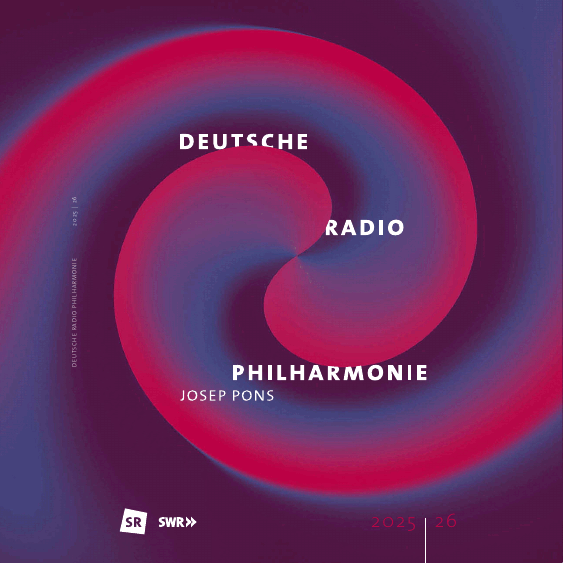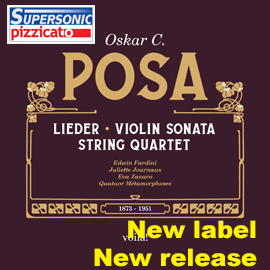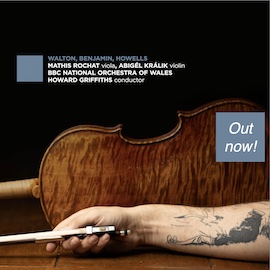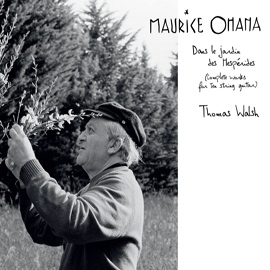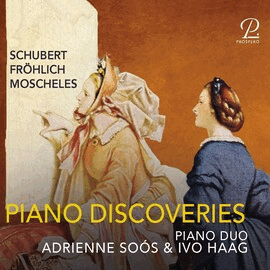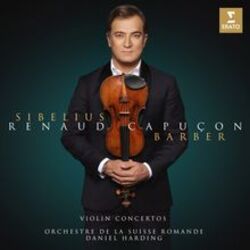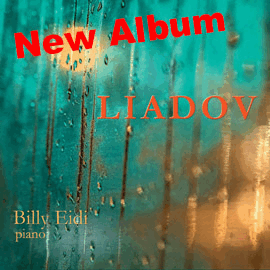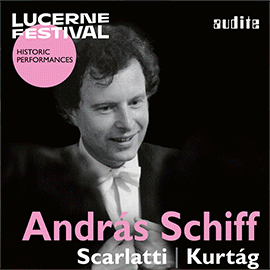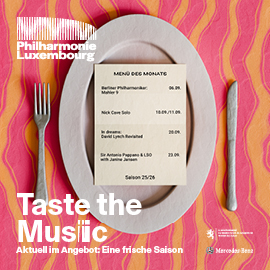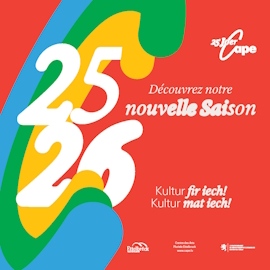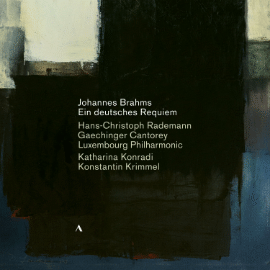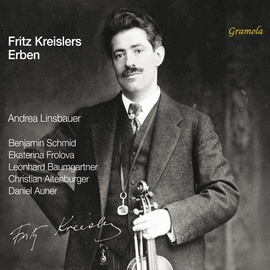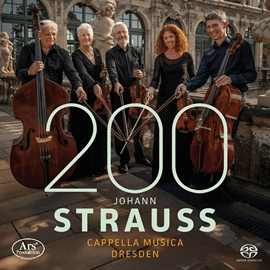Schönste Klangfarben, feinste Nuancen und eine phänomenale Spieltechnik zeichnen sowohl das Violinkonzert von Jean Sibelius wie auch jenes von Samuel Barber aus.
So grundverschieden diese beiden Konzerte von ihrer Stimmung aus auch sein mögen, das sehr französische, edle Violinspiel von Renaud Capuçon, das hier sehr zurückgenommen wirkt, verbindet sie und gibt der Musik neue Perspektiven. In Capuçons Interpretation verliert das Barber-Konzert jeden Anflug von Kitsch und gewinnt durch die überlegte wie auch überlegene Sichtweise an Tiefe und Eleganz.
Auch das Sibelius-Konzert klingt hier nicht düster, sondern öffnet sich dem Hörer mit sanften, schwebenden Klängen, die von größter Anmut und Schönheit sind. Capuçons intimistisches Spiel bleibt darüber hinaus in jedem Moment spannend, so dass der Hörer hier an zwei wirklich außergewöhnlichen Interpretationen teilhaben kann. Daniel Harding hat durch seine Stockholmer Jahre einen guten Draht zur nordischen Musik bekommen und versteht ganz genau, was Capuçon will. Er trägt dabei den Solisten auf Händen und teilt mit ihm die doch sehr kammermusikalische Auslegung beider Werke. Das Orchestre de la Suisse Romande, das man nicht in diesem Repertoire erwartet hat, ist der ideale Klangkörper für diese französische Stilübung. Wenn an auch ein gewisses Relief im Klang vermisst, so reagiert das Orchester doch mit beachtenswerter Flexibilität und Intensität auf Harding und Capuçon.
The most beautiful timbres, the finest nuances and a phenomenal technique characterize both the Violin Concerto by Jean Sibelius and the Violin Concerto by Samuel Barber. As fundamentally different as these two concertos may be in terms of their mood, Renaud Capuçon’s very French, noble violin playing, which seems very restrained here, unites them and gives the music new perspectives. In Capuçon’s interpretation, the Barber concerto loses any hint of kitsch and gains depth and elegance through his considered and superior approach.
Even the Sibelius Concerto does not sound gloomy here, but opens up to the listener with soft, floating sounds of the greatest grace and beauty. Capuçon’s intimate playing remains exciting at every moment, allowing the listener to share in two truly extraordinary interpretations.
Daniel Harding’s years in Stockholm have given him a good connection to Nordic music, and he understands exactly what Capuçon wants. He carries the soloist on his hands and shares with him the very chamber-musical interpretation of both works. The Orchestre de la Suisse Romande, not expected for this repertoire, is the ideal orchestra for this French stylistic exercise. Although there is a certain lack of relief in the sound, the orchestra responds to Harding and Capuçon with remarkable flexibility and intensity.



